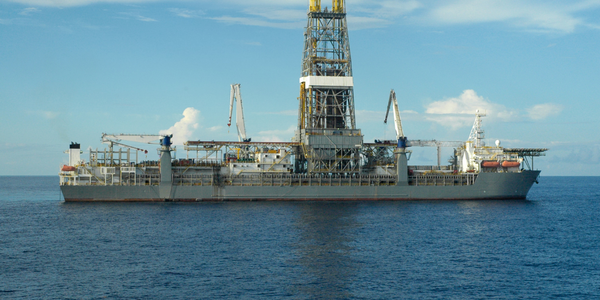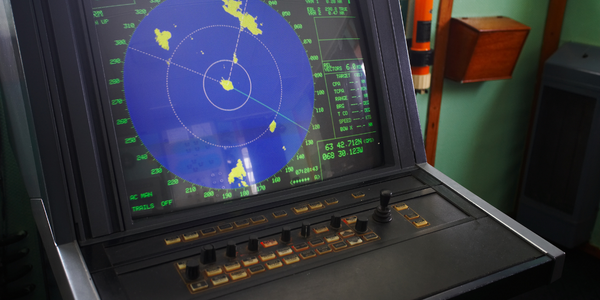下载PDF
Optimizing Yacht Performance with IoT: A Case Study on Team New Zealand
适用行业
- 水泥
- 海洋与航运
适用功能
- 产品研发
挑战
在竞争激烈的游艇世界中,特别是在美洲杯这样的赛事中,几何形状的最小变化都会显着影响船只的性能。新西兰队 (TNZ) 面临着在不完全依赖物理测试的情况下优化游艇设计的挑战。这是因为,对性能影响很大的关键空气和水流是不可见的,因此很难理解某些性能水平背后的原因。此外,传统的游艇设计过程可能是一个成本高昂且耗时的试错过程。每次设计迭代通常都需要构建原型,这可能花费数万美元,并且需要数月的时间来构建和测试。 TNZ 设计师的任务是分析最关键部件的数百种潜在设计,以从上一代船舶中获得最大性能。
关于客户
新西兰队在竞技游艇界享有盛誉。他们在1995年和2000年的美洲杯上取得了连胜,成为美国以外第一支赢得并卫冕美洲杯的球队。他们在美洲杯帆船赛上的成功极大地提升了新西兰培养世界级船舶设计师和水手的声誉。团队不断寻求方法来优化他们的表现并在竞争激烈的游艇比赛领域保持竞争优势。
解决方案
为了克服这些挑战,TNZ 求助于技术,特别是 ANSYS® CFX®,一种高性能计算流体动力学 (CFD) 软件。流体动力学在游艇设计中起着至关重要的作用,它决定着帆产生的动力和船体产生的阻力。模拟帆上的气流是一项巨大的计算挑战。然而,TNZ利用CFX的并行处理能力在大约24小时内在16处理器的Silicon Graphics Origin2000服务器上解决了600万个节点的模型。这只是构建物理模型所需时间的一小部分。 ANSYS CFX 中的卓越湍流模型提供了准确的结果,使团队能够可视化流速和压力大小。这使得以更快的速度改进设计成为可能。 CFX 工具还可以轻松处理多相流,捕获其他代码无法捕获的波细节。
运营影响
数量效益
相关案例.

Case Study
System 800xA at Indian Cement Plants
Chettinad Cement recognized that further efficiencies could be achieved in its cement manufacturing process. It looked to investing in comprehensive operational and control technologies to manage and derive productivity and energy efficiency gains from the assets on Line 2, their second plant in India.

Case Study
Drill ship power challenge: hybrid solution solves distribution issues
Aspin Kemp & Associates (AKA), a manufacturer of electrical power and control systems headquartered in Montague, PEI, encountered one with its hybrid power initiative, the first hybrid drill floor destined for installation on ultra-deepwater drill ships operated by Transocean, Swiss offshore drilling contractors. Since on-site modification was impossible and scrap recycling of any modifications was unacceptable, the enclosures had to arrive ready-to-install.

Case Study
Ensures Tanker Safety and Emissions Compliance
Storage tanks are irregular in shape and a certain amount of mathematical modelling is required to get an accurate representation of volume and, more importantly, the weight of material in each tank. In addition, countries have different emission regulations, so the ships position needed to be accurately known in order to geotag emission data.

Case Study
Real-time Networked Sonar System for Ships
A multinational, knowledge-based corporation that delivers marine electronics solutions is utilizing industrial Ethernet technology to help ensure that operations at sea are dependable and optimal. Based in Europe, the company has nearly 4000 employees working in 20 countries around the world, and produces high-tech systems for offshore oil and gas operations, merchant marine systems, and various applications for the defense and aerospace industries. The company produces products and systems used by merchant vessels and offshore installations for positioning, navigation, automation, as well as for surveying and monitoring the seabed, and for fishing vessels and fi sheries research. As one of the major suppliers of high quality marine electronics in the world, their products include chart plotters for yachts, triple redundant dynamic positioning systems for oil drilling rigs, and sonar and instrument systems for scientifi c research vessels. Products used for marine applications must be rugged enough to endure the corrosive effects of salt water, and be able to withstand excessive amounts of vibration and shock. For this reason, the company only uses DNV and GL certified products and components to ensure that their systems can meet the high standards required by the maritime industry.

Case Study
Digital Transformation of Atlanta Grout & Tile: An IoT Case Study
Atlanta Grout & Tile, a Tile, Stone & Grout restoration company based in Woodstock, Georgia, was facing challenges with its traditional business model. Despite steady growth over the years, the company was falling behind the web revolution and missing out on the opportunity to tap into a new consumer base. They were using independent software from different vendors for each of their department information and workforce management. This resulted in a lot of manual work on excel and the need to export/import data between different systems. This not only increased overhead costs but also slowed down their response to clients. The company also had to prepare numerous reports manually and lacked access to customer trends for effective business decision-making.






